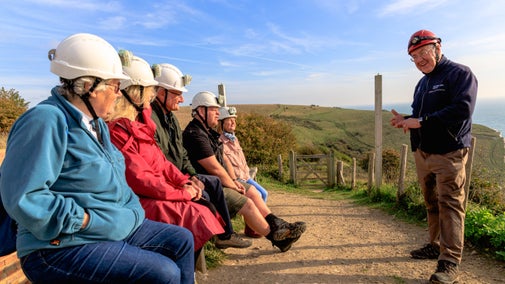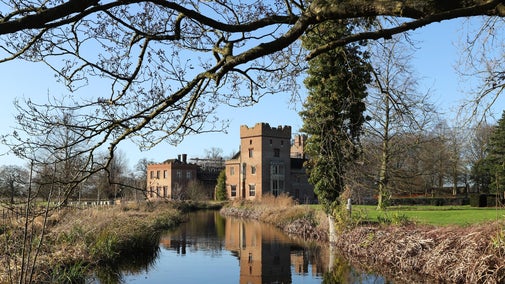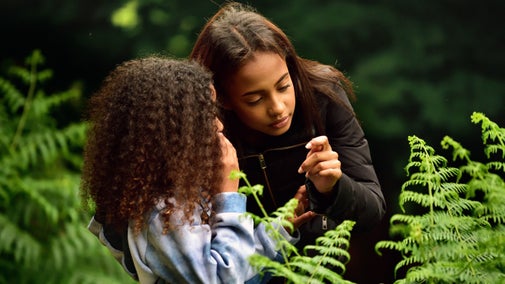The project aims to revert 60 hectares of previously intensively farmed arable land to a mosaic of species rich grassland, scrub habitat and woodland planting with the addition of various ponds and scrapes. By creating a varied habitat, we hope to rebuild and establish a functional ecosystem by starting at the bottom of the food chain. With the right plant species to attract, feed and support healthy invertebrate populations, we will actively encourage small birds, mammals and ultimately our apex predators here, which are birds of prey. This delicate balance of wildlife is essential in creating viable, self-sustaining habitat and species populations for the future.
Our ambitious plans are underway! We will be starting to prepare the land for future livestock management, access, and nature very soon. This means that we will need to introduce a new water supply and various troughs for future grazing, install a new internal fence line, creating new compartments, and removing others to allow natural regeneration processes. We will also be mowing, scraping, and seeding 18 hectares of species-rich grassland, avoiding the use of pesticides and herbicides.
Seeding must take place while the ground is still warm and therefore may impact ground-nesting birds attempting a second or even third, clutch of eggs. Our hope is that this work will not impact their overall breeding success this year, and that we’ll welcome them back into an improved landscape next year.
We will be creating some scrapes and ponds within the landscape to support a whole host of invertebrate and bird species. For this we will be doing some soil depth analysis and will have contractors on site for the practical excavation when the time comes.
Please support our work and nature’s recovery in this landscape by reading new signage and keeping dogs on leads.
Woodland Management
Woodland habitats are an incredibly important part of the wider environment and local ecosystems, which have been reduced dramatically in the UK since the last ice age. Prior to the ice age there would have been large herbivores managing these spaces, now referred to as ecosystem engineers. These species would have bulldozed their way through dense growth, thinning out damaged, diseased and dying trees whilst grazing and browsing on low level material. This would have created clearings for sunlight to reach the woodland floor and triggered important, natural vegetative succession.
As a result of losing these species and natural processes, these habitats need regular management to prevent overcrowding of dominant species and ultimately degradation of entire ecosystems. Traditional methods of management for timber and firewood, including coppicing are thought to have contributed to the expansion of bluebell woods as we know them today. It is important that we replicate these methods to support a diversity of flora and fauna which rely on these processes and habitat conditions to survive. Please support our work by keeping to existing paths, keeping dogs on leads to minimise disturbance to wildlife, and not dismantling dead hedges or log piles when visiting Kingsdown Wood.
Chalk Grassland Restoration
The White Cliffs of Dover are not only a national landmark but an important place for rare species of wildlife, including butterflies, birds and wildflowers. This rare chalk grassland requires ongoing conservation work to ensure that the treasure trove of flora and fauna found on the cliffs can thrive. This project is the ongoing restoration management of 105 hectares, of which 61 are Sites of Special Scientific Interest (SSSI) within a Special Area of Conservation (SAC).
Through a combination of conservation grazing with Dexter cattle and Exmoor ponies, and manual scrub control we can restrict and push back undesirable expansion of dominating plant species including grasses and bramble. By managing the chalk grassland in this way, we can support the natural vegetation succession and establishment of rare plant species.
Grassland Restoration at Farthingloe
This project has been part-funded by Highways England and aims to restore neglected and improved areas into species-rich grassland by introducing wildflower seeds of local provenance. Seeds were applied using traditional techniques at the end of autumn 2023, so we eagerly await the first signs of growth this spring. We are looking forward to monitoring the diversity of plants this year, and the succession from them in years to come.







































